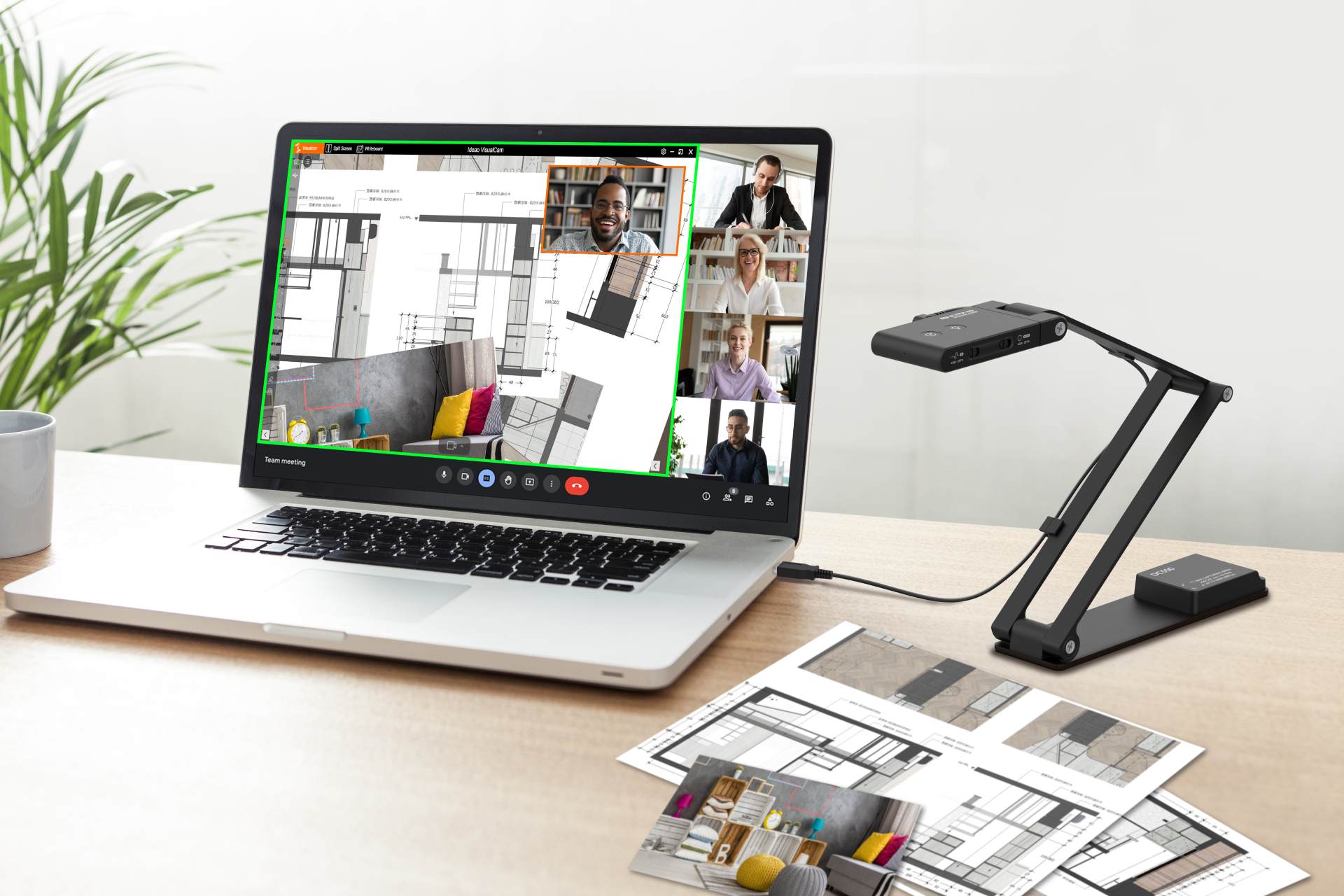In the current business landscape, remote meetings have become a norm. With the rise of remote work and virtual teams, companies are turning to video conferencing and online collaboration tools to keep their teams connected and productive. However, remote meetings can also lead to distractions and a lack of engagement, which can negatively impact productivity.
Here are some tips to help increase productivity in remote meetings:
- Set clear agendas and objectives: Before the meeting, circulate an agenda to all participants outlining the main topics to be discussed and the desired outcome. This will help to keep the meeting on track and ensure that everyone is prepared.
- Encourage participation: Remote meetings can often feel impersonal, which can lead to disengagement. To combat this, use breakout rooms or other interactive tools to encourage participation and collaboration.
- Limit distractions: Remote meetings can be susceptible to interruptions and distractions. To mitigate this, establish a “do not disturb” policy for all attendees, and ask them to close unnecessary tabs and apps on their computer.
- Take breaks: Long meetings can be draining, especially when conducted remotely. To combat this, schedule regular breaks throughout the meeting, to give attendees a chance to stretch and refresh.
- Use technology to your advantage: Remote meetings offer many benefits, including the ability to record meetings, share screens, and use interactive tools. Utilize these features to improve engagement and communication.
- Follow up after the meeting: Send out a summary of the meeting and any action items, and make sure everyone is clear on their responsibilities.
By implementing these strategies, you can increase productivity and engagement in remote meetings, and ensure that your team stays connected and on track, even when working remotely.
It’s worth noting that every team is different and what works for one team may not work for another. So, it’s important to experiment and find the best practices that work for your team and adjust them as necessary.






